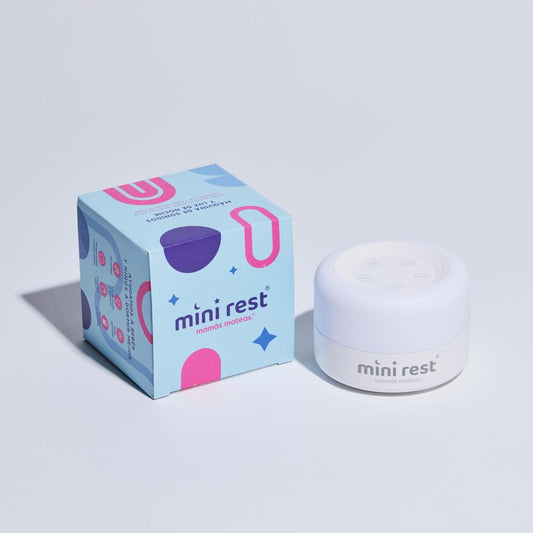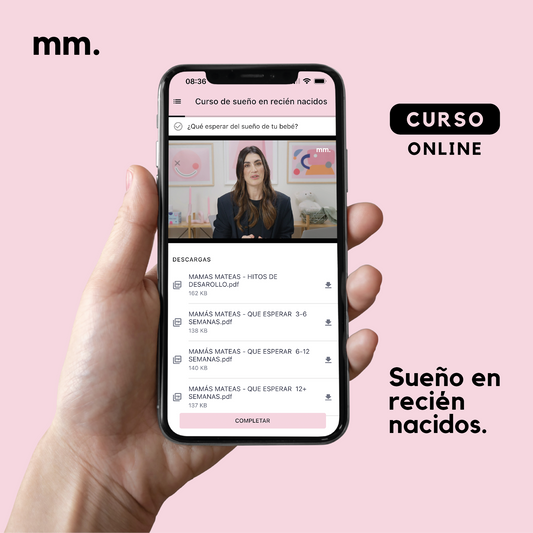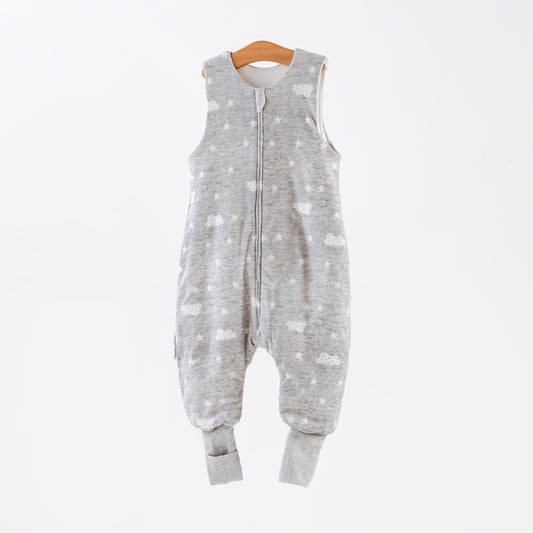Weaning or introducing a bottle after 6 months can be a stressful time, and as time goes on this process can become even longer. If you are going to work, you should plan ahead and consider that this transition can take weeks or even months for some children. Plan ahead.
These are the main reasons why a baby may reject a bottle:
1. You are constantly changing formula or bottles, and giving them little time to understand and get used to it:
Imagine this: it's the first time in your life that you see a fish and you have to eat it. First they offer it to you baked, then in ceviche, then as sushi. But not only that, first they make you eat it standing up with your hand, then with a fork, then with sushi sticks... Would you be confused? Yes! For the baby it's the same. That's why the recommendation is to keep the same formula and bottle for at least 2 weeks (better if it's 3), before trying something new. If there are worrying digestive symptoms, Always check with your pediatrician first to see if it is necessary to try a different formula first.
2. Exclusive breastfeeding until the time of introducing the bottle is also a factor to consider:
After the baby is 3 months old, it becomes increasingly difficult to introduce a bottle and also formula. The baby gets used to the breast, the temperature, the mother, the smell, etc. After 9 months, the introduction process can even take months. In this case:
If your baby is breastfed and you have to work outside the home, without the possibility of returning for feedings, try to make the transition to pumping milk and introducing a bottle gradual.
If you have never pumped before, then you can start practicing ahead of time and if possible, have a frozen milk bank. If your baby has never used a bottle, then introduce it at least three weeks before your due date, slowly adding more feedings of expressed milk.
We advise you to try introducing the bottle with breast milk first, giving it at 35 to 37 degrees, which is the temperature at which it comes out of your body. Once the baby is receiving it well, mix breast milk with formula, and gradually increase the latter as the days go by (both should be mixed at the same temperature. Always make the formula first with the corresponding powder/water).
You can also have your partner or another caregiver take over feedings from time to time, so your baby gets used to having his milk from someone else. This transitional approach will help your baby adjust to the change.
3. Children's perception
Babies can sense their parents' emotions. Have you noticed that if you are calm, then they are too? And here we come to a key point: Never force the bottle into your baby's mouth or force him to drink. This can lead to aversion and total rejection of the bottle, which is VERY difficult to reverse. Feeding time should be enjoyed, that is key to getting them to accept another way of eating.








